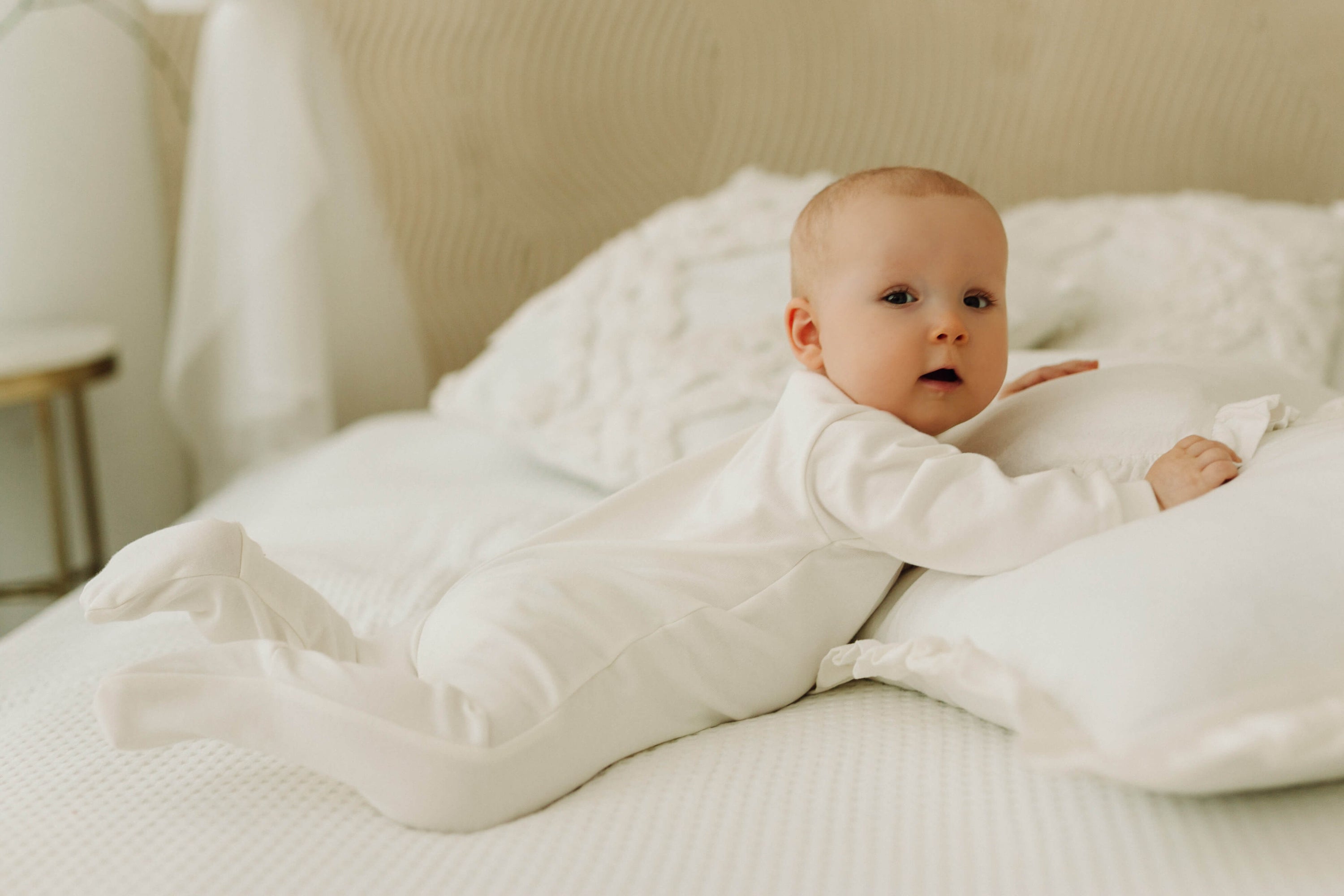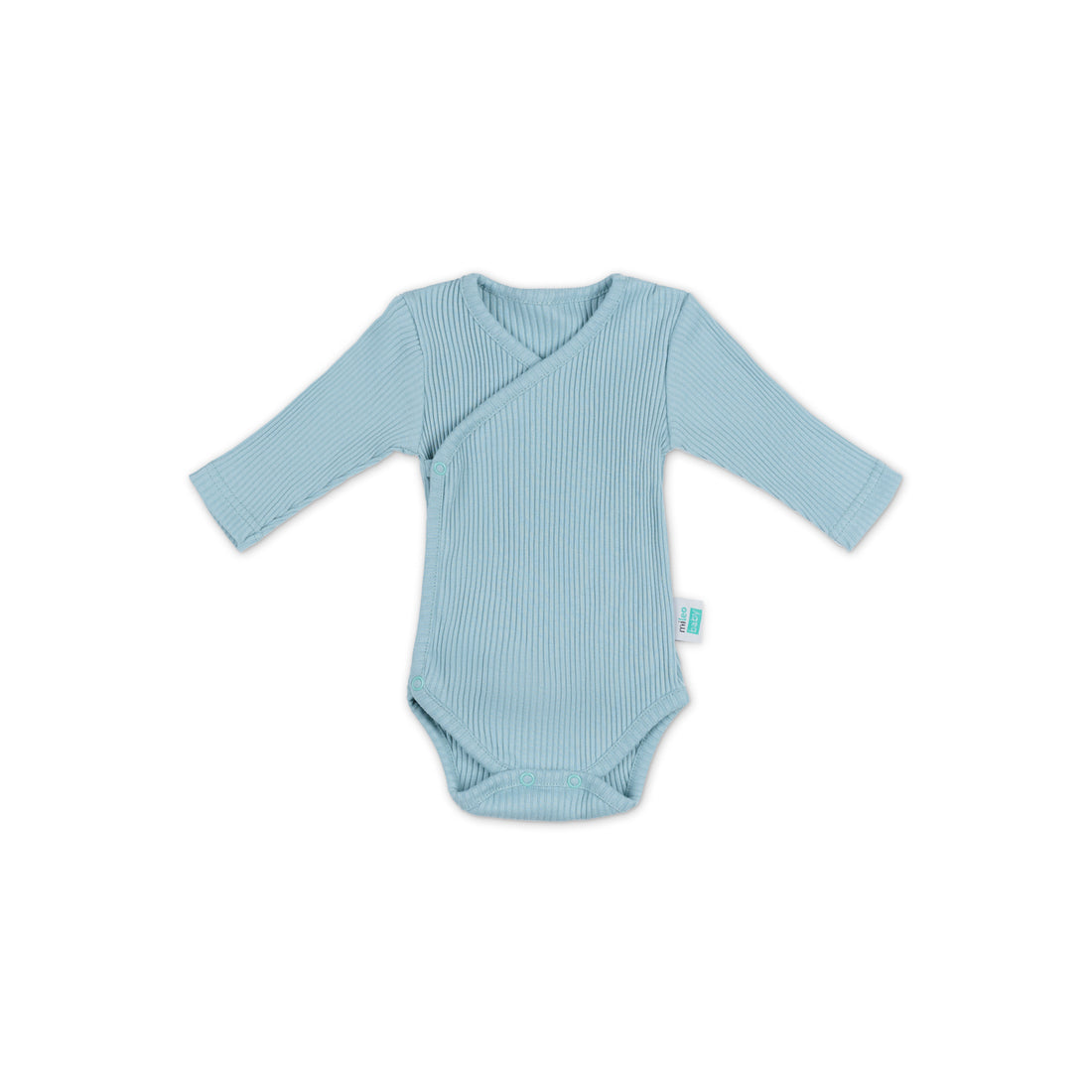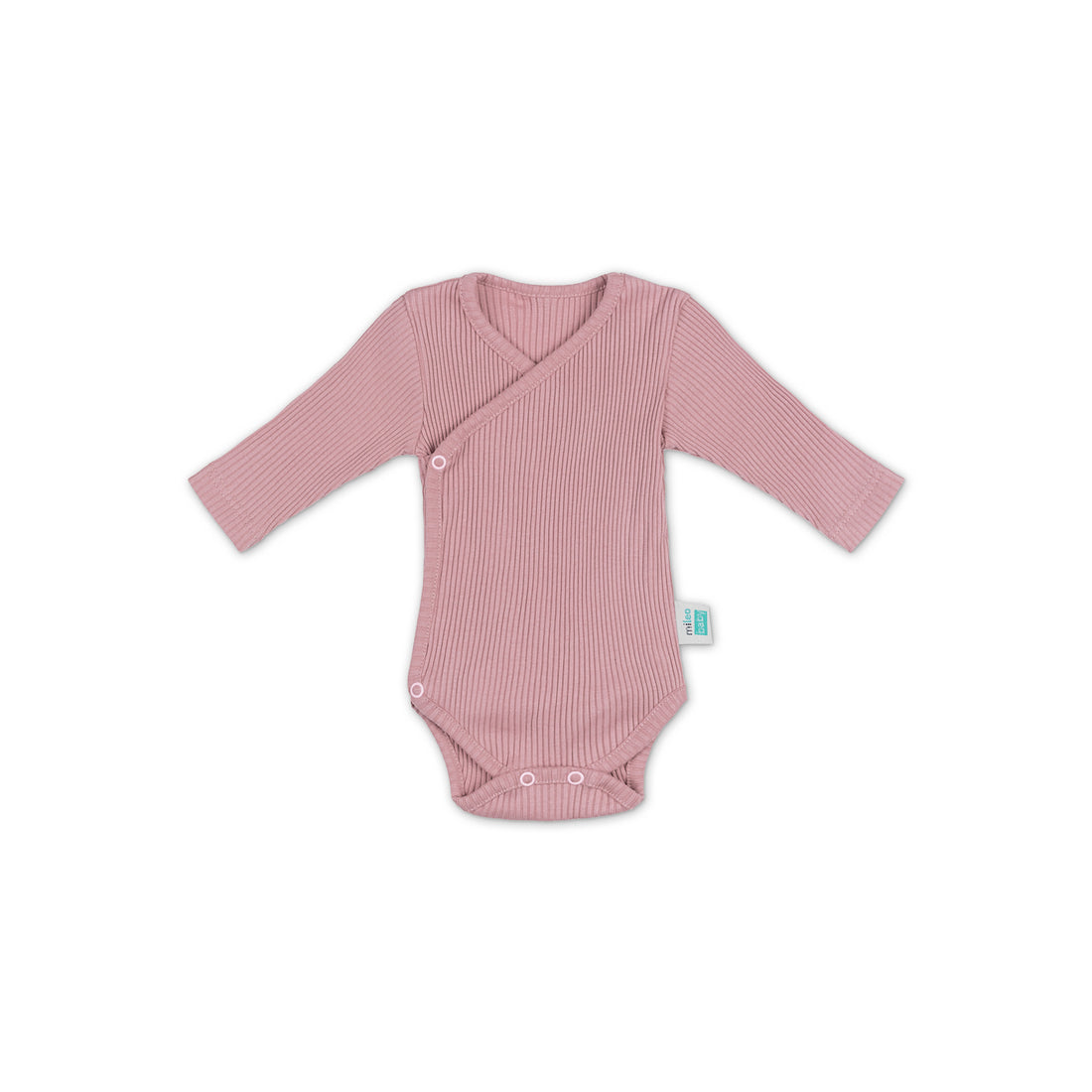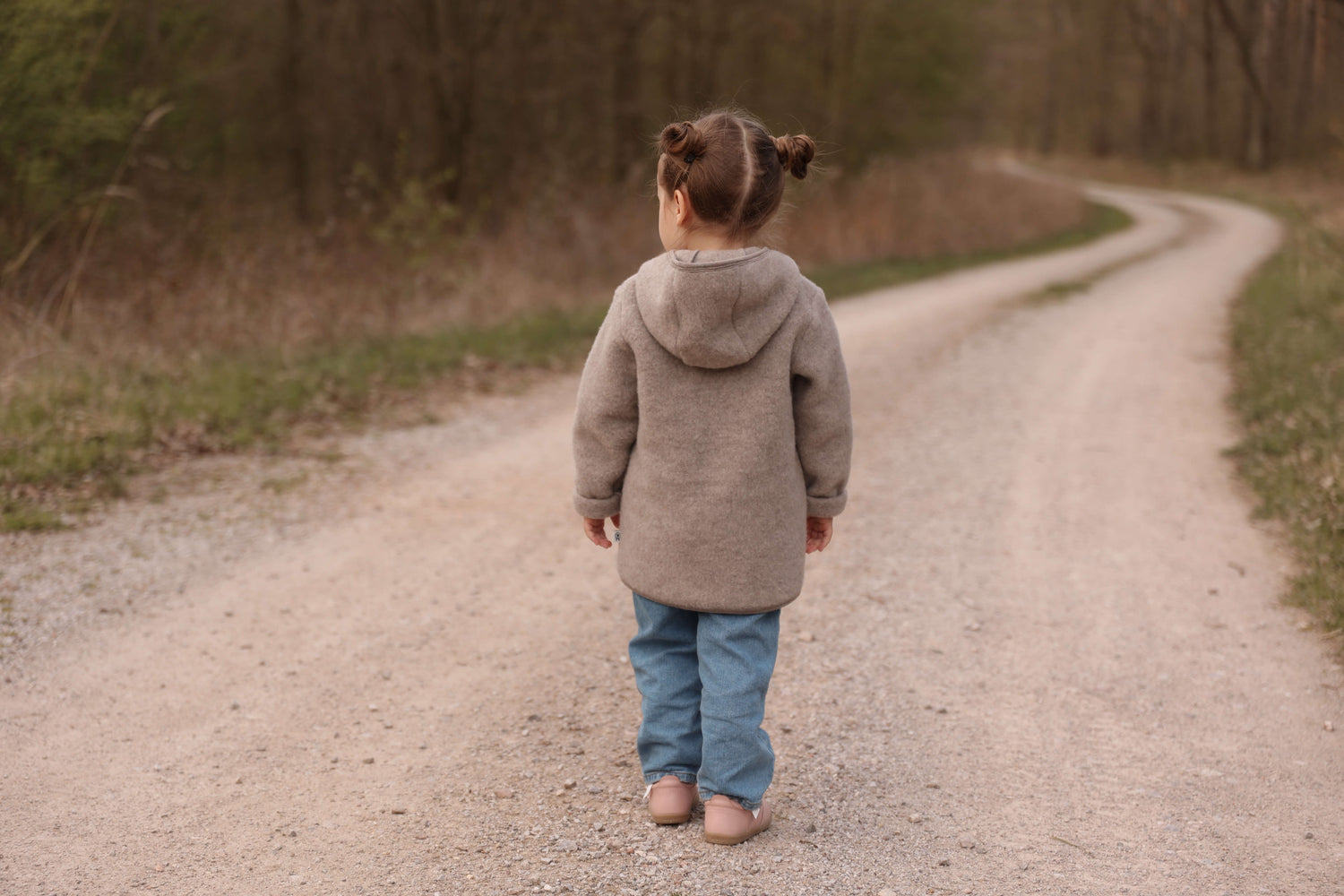As parents, we want nothing more than to see our children happy, comfortable, and thriving. But for families whose little ones suffer from skin allergies, eczema, or sensitive skin, even something as simple as getting dressed can be a challenge. Fabrics that most children tolerate easily may cause itching, rashes, or flare-ups for others. This is why choosing safe, gentle clothing is not just a matter of comfort—it’s a matter of health.
In this article, we’ll explore why clothing plays such an important role for children with skin sensitivities, what to look out for when shopping, and how making thoughtful choices can protect your child’s skin and well-being.
Understanding sensitive skin and eczema
Eczema (also known as atopic dermatitis) is one of the most common skin conditions in children. It can cause dryness, redness, itching, and irritation, often triggered by external factors such as temperature changes, detergents, and—yes—clothing.
Children’s skin is naturally more delicate than adults’, and when you add allergies or eczema, it becomes even more vulnerable. Rough seams, harsh chemicals, or synthetic fabrics can quickly lead to flare-ups, making children uncomfortable and restless. For babies and toddlers, who spend much of their time in close contact with their clothes, the risk is even higher.
The problem with conventional clothing
Most conventional clothing—even items designed for children—goes through industrial processes that leave residues on fabrics. Some common culprits include:
- Harsh dyes and chemicals: These can trigger allergic reactions or worsen eczema symptoms.
- Synthetic fabrics: Polyester, acrylic, and nylon often trap heat and moisture, leading to irritation.
- Rough seams and tags: Poor finishing can scratch or rub against delicate skin.
- Fire-retardant treatments or wrinkle-resistant coatings: These chemical finishes are rarely gentle on sensitive skin.
While these details often go unnoticed for children without skin issues, for kids with allergies or eczema they can mean the difference between a calm day and a night full of itching.

Why safe, natural fabrics make a difference
Choosing clothing made from natural, breathable, and certified fabrics is one of the simplest ways to support your child’s skin health. Materials such as organic cotton, merino wool, and cashmere are naturally gentle and help maintain comfort throughout the day.
Benefits of natural fabrics:
- Breathability: Natural fibers allow air to circulate, preventing overheating and reducing sweat—a common eczema trigger.
- Moisture regulation: Merino wool, for example, can absorb up to 30% of its weight in moisture while remaining dry to the touch, keeping sensitive skin comfortable.
- Temperature control: Wool and cashmere help regulate body temperature, which is especially useful for children prone to flare-ups when overheated.
- Softness: Quality natural fabrics feel smooth against the skin and reduce irritation from friction.
- Safety: Certified textiles (such as those with Oeko-Tex or GOTS certification) guarantee that harmful chemicals are not used in production.

What parents should look for when shopping
When choosing clothes for children with allergies or eczema, consider these practical guidelines:
-
Opt for certified fabrics
Certifications like Oeko-Tex Standard 100 or GOTS (Global Organic Textile Standard) ensure clothing is free from harmful substances. -
Choose soft seams and tagless designs
Every small detail matters—flat seams and tagless labels minimize scratching and irritation. -
Prefer natural fibers
Wool, cotton, silk, and cashmere are all gentle on skin. Avoid synthetic blends where possible. -
Go for breathable, temperature-regulating materials
Overheating is one of the fastest ways to trigger an eczema flare-up. Fabrics like merino wool excel here. -
Wash before wearing
Even safe clothes should be washed with a gentle, fragrance-free detergent before first use to remove any potential residues.

More than just clothes: peace of mind
Safe clothing is not only about protecting the skin—it’s about giving families peace of mind. When parents know their child’s clothing is safe, they can focus less on constant worrying and more on what really matters: enjoying everyday moments together.
Moreover, choosing safe clothes supports a broader lifestyle of care, respect, and sustainability. By investing in quality garments, parents also support responsible production that values people and the environment.
How safe clothes empower children
When children feel comfortable in their clothing, they can move freely, sleep better, and play without distraction. For those with eczema or allergies, this freedom is especially important. No child should have to miss out on exploring the world because their clothes make them itch or hurt.
The right fabrics help create an environment where sensitive skin is not a limitation. Instead, clothing becomes a source of comfort and protection—just as it should be.
At Dear Gaia: safe, certified, and designed with care
At Dear Gaia, we understand how important safe clothing is for children with sensitive skin. That’s why we carefully select garments that are:
- Made only in the EU, where strict safety and labor standards apply
- Certified and tested, ensuring no harmful chemicals touch your child’s skin
- Created in small batches, giving each piece the attention it deserves
- Designed by parents, for parents, with real family needs in mind
From merino overalls that regulate body temperature to cashmere blankets that feel like a gentle hug, each item in our collection is chosen to offer both comfort and safety.
Final thoughts
Children with skin allergies or eczema face unique challenges, but clothing doesn’t need to be one of them. By choosing safe, natural, and certified fabrics, parents can protect their child’s skin, reduce the risk of flare-ups, and give them the comfort they deserve.
The right clothes don’t just cover—they care. They create space for children to be carefree, curious, and full of joy. And for parents, they offer reassurance that every small detail has been thoughtfully considered.
Safe clothing is more than a purchase—it’s an investment in your child’s well-being and a reflection of the values you want them to grow up with.









